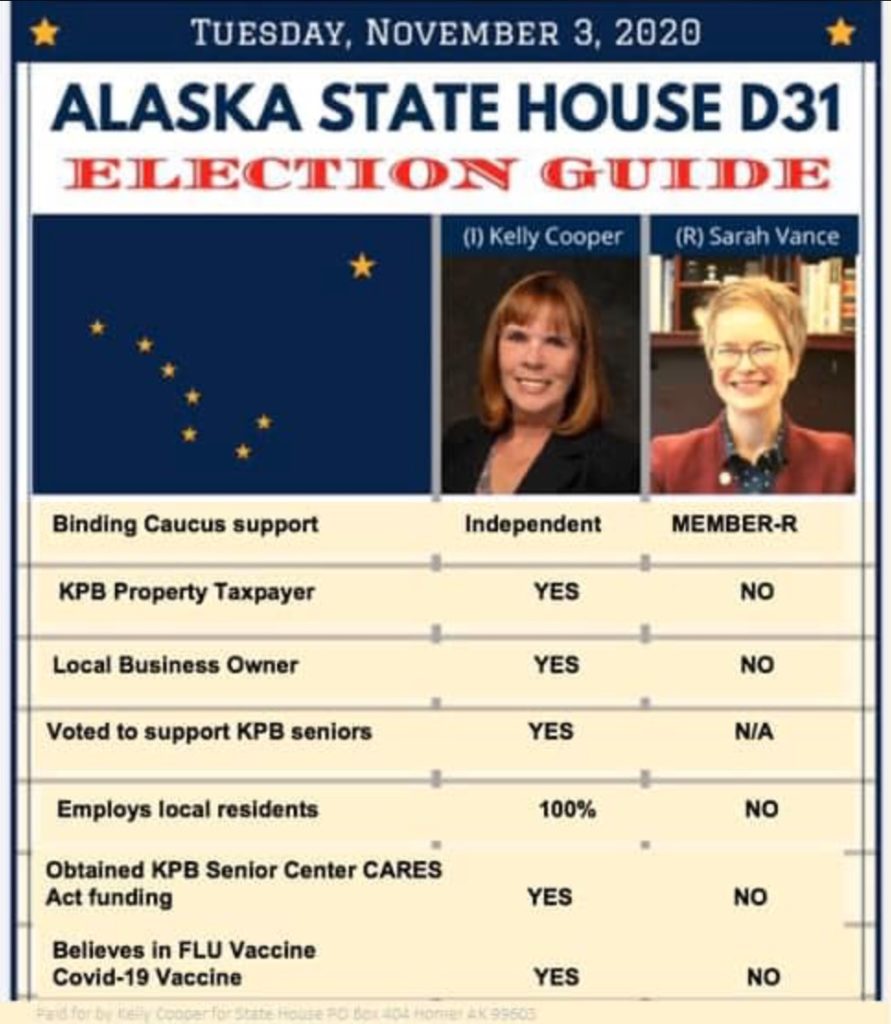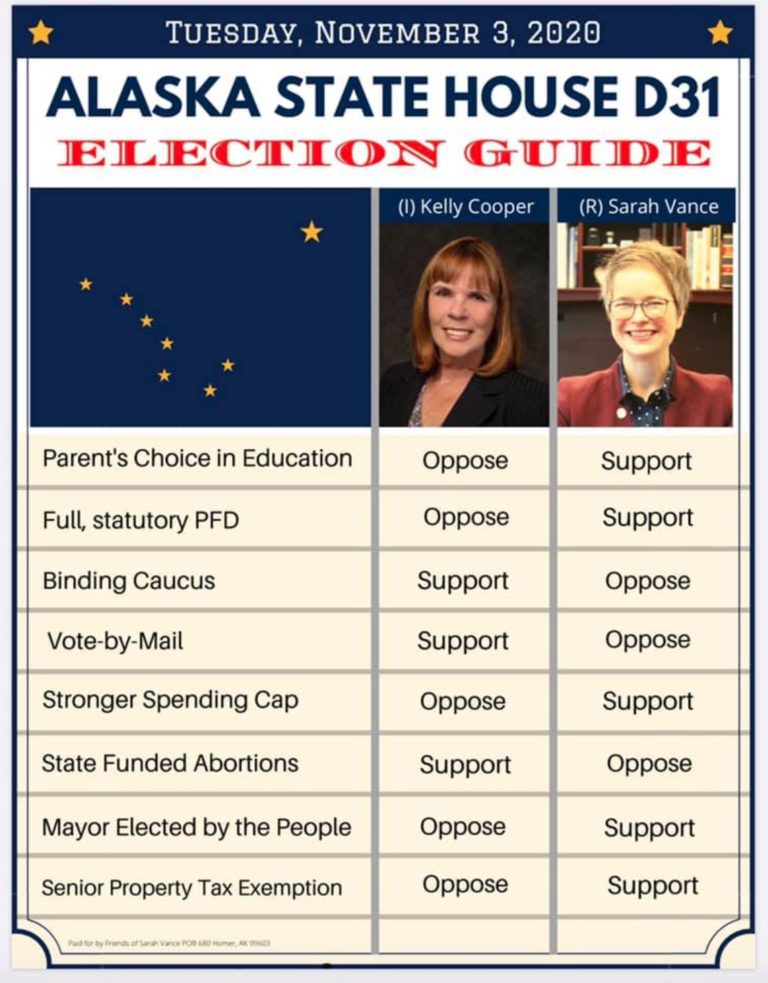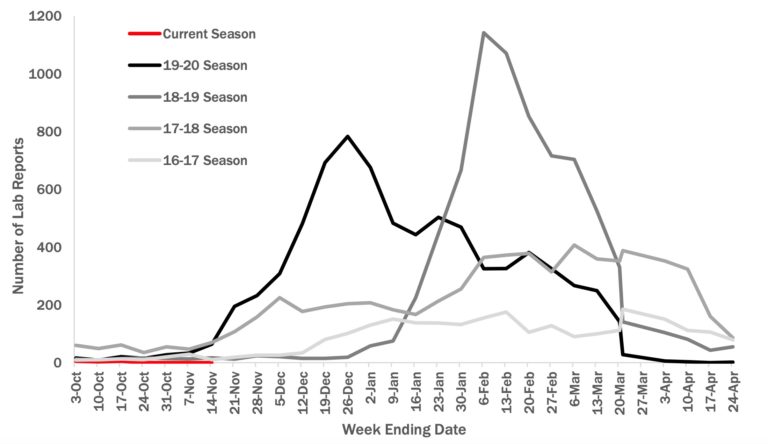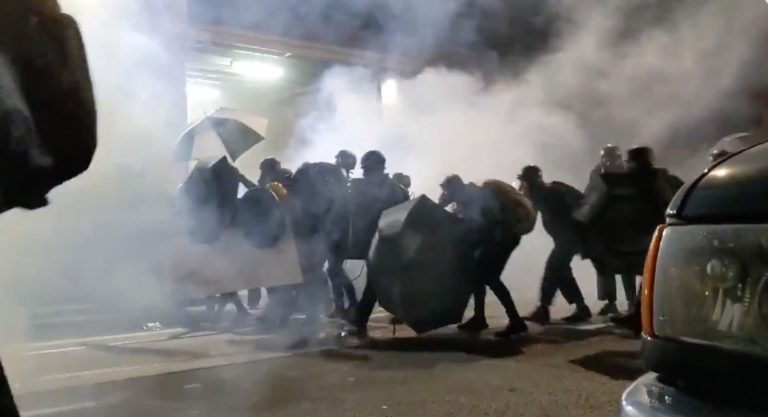Rep. Sarah Vance of District 31, Homer-Anchor Point, is calling out challenger Kelly Cooper for having plagiarized her campaign material.
Vance had issued a comparison document on Facebook showing the contrast between the candidates.
It was not long before Cooper copied and pasted the document with her own rating system, criticizing Vance for not being a property owner like Cooper, for not owning a business like Cooper, and and slamming her for not taking the flu vaccine or endorsing a non-existent COVID-19 vaccine.

“It is a sad day when my opponent blatantly plagiarizes my work and chooses to clearly mislead the public on my opposition to a binding caucus, my views about vaccines and then asserts personal attacks. The chart on the left was clearly plagiarized, creating personal attacks and the chart on the right was created by me to reveal voting records and positions on policy,” Vance wrote.
“Putting me down because I am not yet a property owner in the KPB by saying I don’t pay KPB Property Taxes is insulting to many others like me who have been saving up to buy a home of our own,” Vance said.

Vance and her husband have been saving up their money to buy a home, she said, clearly bristling at elitism showed by Cooper, who is a property owner, at 59 years old. Vance is 41 years old and a mother of four children, still at home.
Cooper also wrongly said Vance was a part of a “binding caucus.” Vance is a member of the Republican minority in the House, but is not part of a binding caucus, unlike the Democrat-controlled majority.
Cooper also blistered Vance for not owning her own business.
Cooper owns a coffee shack called Coop’s Coffee. She uses her coffee company page on Facebook to advertise her campaign.
The ad is an in-kind donation to Cooper’s campaign from Cooper’s business, which is a violation of campaign laws in Alaska:

Vance said, “Anyone doing research knows I have been a business owner in Homer as well. I chose to close my business after having my third baby to focus on my young children. It was a challenge doing both at the time. Kudos to all the self employed business owners out there with families who are making it happen to keep our economic engine moving!”
Vance is the Republican who unseated Rep. Paul Seaton, after he put Democrats in charge of the House of Representatives. Cooper, who has Seaton’s support to bump off Vance, has received major donations from union political committees.
Although the look-alike campaign material was a form of flattery for Vance’s campaign team, Vance held no punches back, when she issued a video of Cooper giving her support to House Speaker Nancy Pelosi.
As campaigns wind down to the last several days, such hard hits are bound to come, but this one will be hard for Cooper to plagiarize:








